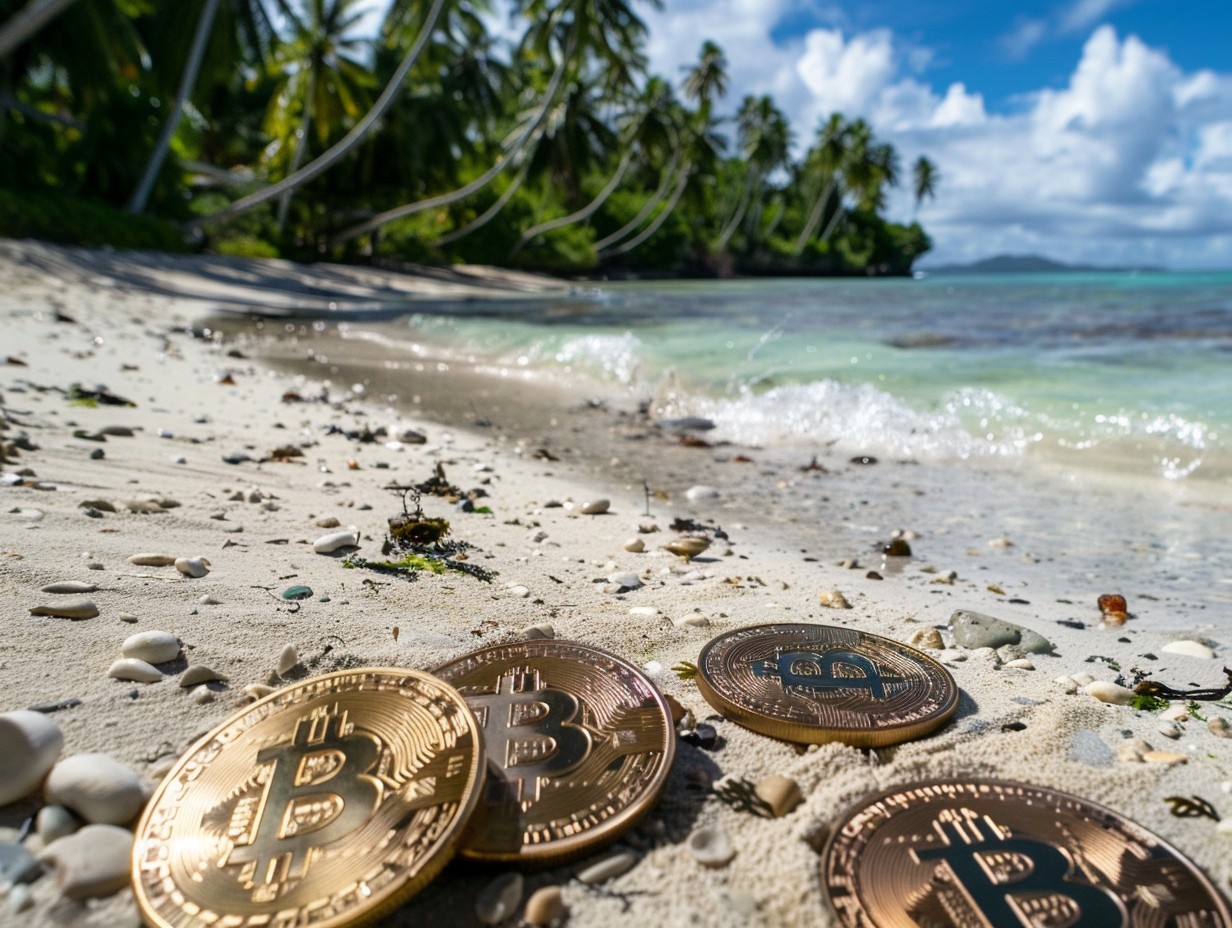The International Monetary Fund (IMF) has recently shed light on digital currencies’ potential benefits and risks in Pacific Island countries (PICs). These nations face unique monetary challenges due to geographical isolation, small and diverse markets, and specific economic vulnerabilities. In a comprehensive paper, the IMF revealed how, with careful design, digital currencies could meet these countries’ distinct currency needs while also cautioning against the adoption of unbacked cryptocurrencies as national currencies.
Unique challenges and digital solutions
Pacific Island countries are characterized by their limited local financial infrastructure, heavy reliance on remittances, and increased susceptibility to global financial compliance issues, particularly in anti-money laundering efforts. The IMF points out that the development level of local payment systems varies significantly across PICs, with some regions lacking basic financial infrastructure. This variability and the predominant trade relationships with larger countries outside the region suggest a regional approach to digital money could address issues like scalability limitations and economic volatility.
However, the IMF warns against the quick adoption of digital currencies without considering the full spectrum of economic implications. According to the IMF, unbacked cryptocurrencies are poor substitutes for traditional means of payment due to their potential to introduce additional macroeconomic risks, including threats to monetary policy effectiveness, fiscal stability, and financial integrity. The report also acknowledges that some PICs might be more vulnerable to currency substitution by crypto assets and stablecoins, driven by weak confidence in domestic monetary systems and the absence of other publicly supported digital assets, like central bank digital currencies (CBDCs).
Recommendations and cautious implementation
The IMF’s recommendations for digital currency implementation in PICs stress the importance of local factors, including the need for offline functionality to accommodate low connectivity areas and high data collection standards to ensure business model sustainability. Additionally, the report advises upgrades to existing systems to enhance interoperability and programmability of digital money.
The IMF’s stance on digital currency is cautious, advocating for slow and careful consideration before adopting such technologies. This perspective aligns with previous positions the IMF has taken, such as opposing the Marshall Islands’ move towards legalizing decentralized autonomous organizations (DAOs) and recommending a pause on the introduction of a CBDC due to readiness concerns.





